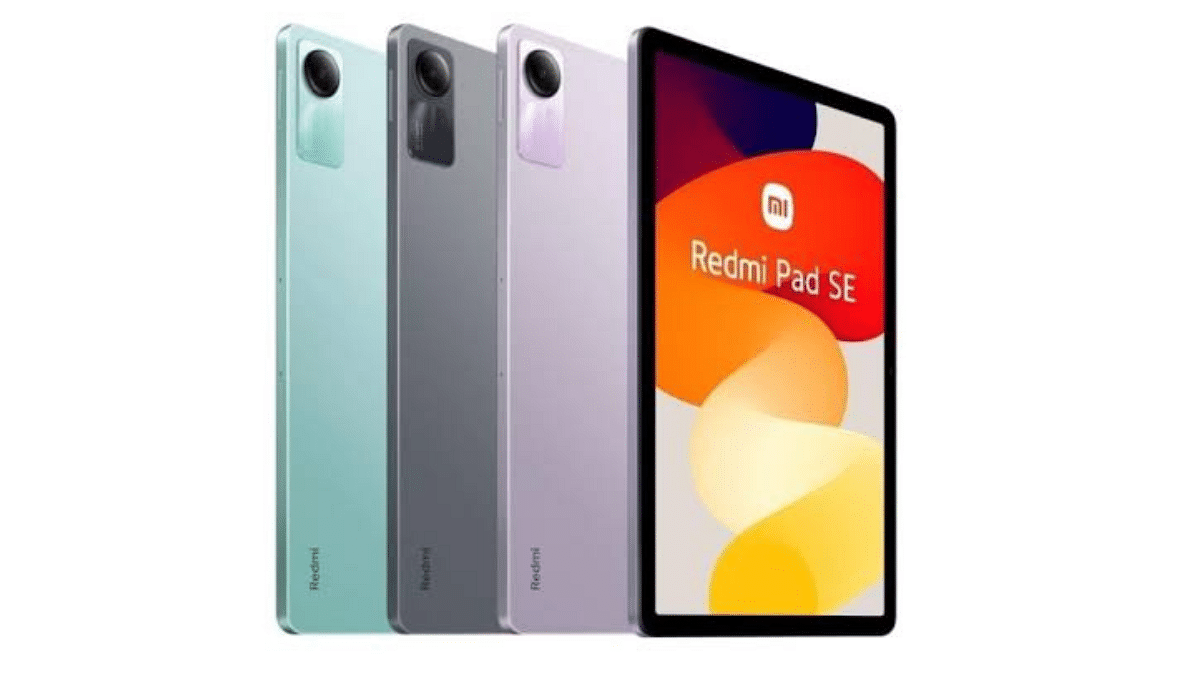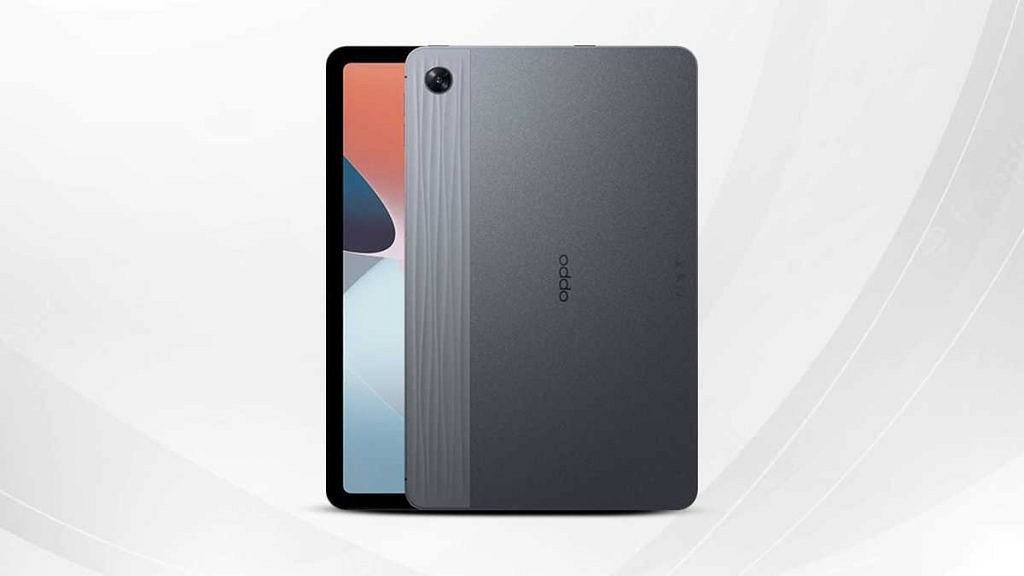Key Highlights
- Redmi Pad SE debuted as the latest mid-range Android tablet from Xiaomi
- Competes against the OPPO Pad Air tablet
- Both tablets pack equivalent hardware for performance delivery
Xiaomi recently unveiled two new tablet including the Xiaomi Pad 6Max and the Redmi Pad SE. The former is targeted at the premium audience, while the latter has been introduced for the mid-range consumers. We already have witnessed multiple new tablet launches in the mid-tier segment out of which a few have emerged as a potent daily driver. While the Redmi Pad SE fits well in this category, it certainly has got some stiff competition out there. The OPPO Pad Air powered by the Snapdragon 680 chipset is one of the rivals that goes directly up against the Redmi Pad SE. Which model out of these two fairs well in competition? Read on below:
Redmi Pad SE Vs OPPO Pad Air: Display Specs
| Display Parameters | Xiaomi Redmi Pad SE | OPPO Pad Air |
| Size | 11-inch | 10.36-inch |
| Panel type | LCD | LCD |
| Resolution | 1200 x 1920 | 1200 x 2000 |
| Refresh rate | 90Hz | 60Hz |
The newly launched Redmi Pad SE tablet model features an 11-inch display. The panel type is LCD which supports 90Hz refresh rate and 1200 x 1920 pixels screen resolution. This tablet’s screen offers a 400 nots peak brightness and 207 PPI pixel density.

The OPPO Pad Air has a slightly smaller 10.36-inch display which is also an IPS LCD panel similar to the Pad SE. The screen resolution is 1200 x 2000 pixels and the peak brightness levels are 360 nits which is again slightly lower compared to the Redmi Pad SE tablet variant. The refresh rate is also standard with the Pad Air, i.e., 60Hz. While both the tablets offer a decent display hardware, the higher refresh rate and resolution allows the Redmi Pad SE to take a lead here.
Also Read: Best Tablets Under Rs. 20,000 Available In India
Redmi Pad SE Vs OPPO Pad Air: Chipset Comparison
| Performance Metrics | Redmi Pad SE | OPPO Pad Air |
| Chipset | Snapdragon 680 4G chipset | Snapdragon 680 4G chipset |
| RAM | Up to 8GB | Up to 6GB |
| Storage | Up to 128GB | Up to 128GB |
Both Redmi Pad SE and the OPPO Pad Air uses the same Snapdragon 680 4G chipset for performance delivery. The mid-range Qualcomm chipset has octa-cores and is combined with Adreno 610 GPU for graphics.

While the Xiaomi Pad SE can be purchased with up to 8GB RAM and 128GB storage, the OPPO Pad Air offers up to 6GB RAM and 128GB storage option. The power delivery is almost similar with both Redmi pad SE and the OPPO Pad Air tablet models, but multitasking would be slightly better with the high-end 8GB RAM variant of the Redmi Pad SE.
Also Read: Buying A New Tablet: Here’s The List OF Best Tablets With Keyboard In India
Redmi Pad SE Vs OPPO Pad Air: Camera Features Comparison
| Camera Parameters | Redmi Pad SE | OPPO Pad Air |
| Rear camera | 8MP | 8MP |
| Front camera | 5MP | 5MP |
The Redmi Pad SE tablet is launched with a basic set of camera hardware. It comes with a single 8MP rear camera that has an f/2.2 aperture. It is capable of recording 1080p@30 fps videos. This new Redmi tablet sports a 5MP selfie snapper upfront. On the other hand, the OPPO Pad Air tablet also has a similar camera hardware where the back panel features an 8MP main sensor with an f/2.0 aperture, while the front panel accommodates a 5MP lens for selfies.
Also Read: Google Pixel Tablet Vs OnePlus Pad Vs Vivo Pad 2: Top Value Flagship Android Tablet In 2023
Redmi Pad SE Vs OPPO Pad Air: Battery Specs
The Redmi Pad SE tablet is packed with an 8,000 mAh battery pack which gets a standard 10W charging support. This tablet can easily last more than half a day with a single charge if being used moderately. On the other hand, the OPPO Pad Air features a smaller 7,100 mAh battery pack with 18W quick charging technology.
Also Read: Best Budget Android Tablets Under Rs. 10,000 In India In 2023
